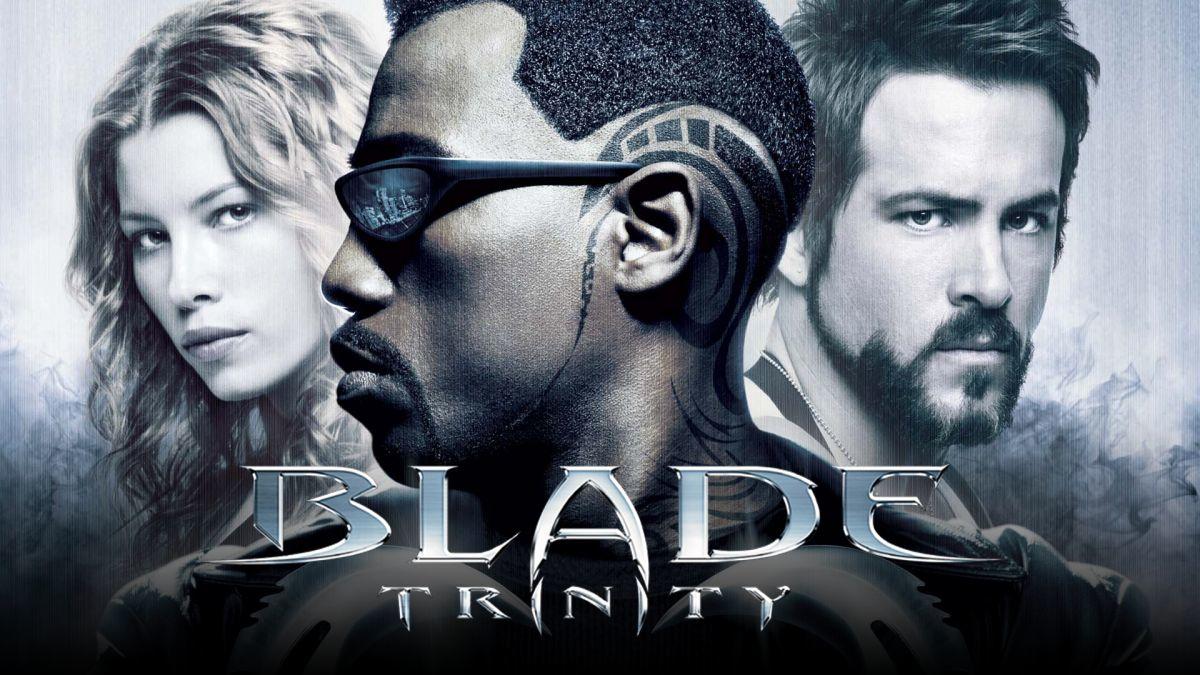Dungeons & Dragons Brings Back Alignments in Monster Statblocks
Dungeons & Dragons has brought back a key feature of monster statblocks in its new adventure, albeit with a small twist. Previews for The Wild Beyond the Witchlight has hit the internet, showing off brief glances at the contents of the upcoming Dungeons & Dragons adventure coming out next month. D&D Beyond's preview showed off the full statblock for the Jabberwock, a classic monster created by Lewis Carroll and used in past editions of Dungeons & Dragons. The statblock contains one small surprise - underneath the name of the monster, the Jabberwock is classified as a "Huge Dragon, Typically Chaotic Evil."
It appears that Wizards of the Coast is bringing back alignment classifications to Dungeons & Dragons monster statblocks. The previous two Dungeons & Dragons books released this year, the adventure anthology Candlekeep Adventures and the campaign setting book Van Richten's Guide to Ravenloft, both featured statblocks without alignments in them.
The concept of alignments dates back to the earliest days of Dungeons & Dragons and were originally used to define a character's general worldview. A "lawful good" character had a moral outlook and held fast to laws, while a "chaotic good" shared the moral outlook but was less inclined to abide authority. In previous editions of the game, several spells had additional effects on creatures of certain alignments and some classes required characters to be of a certain class.
However, there was pushback on alignments because they were seen as either crutches for poor at-the-table behavior by players or they were seen as too absolute. For instance, a player might claim that their rogue would steal from another player because of their chaotic neutral alignment, or players might be inclined to kill a goblin due to its chaotic evil alignment, even if that goblin had done nothing to harm the party. By the time that Wizards of the Coast released its Fifth Edition ruleset, alignments were widely seen as a guide for roleplaying purposes and not much else.
At this point, it's unclear whether D&D is simply providing alignments for "monsters" such as the jabberwock or if these alignments will also be used for the many sentient fey creatures found in The Wild Beyond the Witchlight. By adding "typically" to the alignment, it provides DMs with a bit more wiggle room to use the creature as they wish (although the Dungeon Master's Guide clearly stated that DMs were free to ignore alignment as they wished.) Still, this is an interesting development on D&D's ever-evolving look at how monsters and creatures should be defined and it will likely stir up a lot of conversation in the coming weeks and months.




